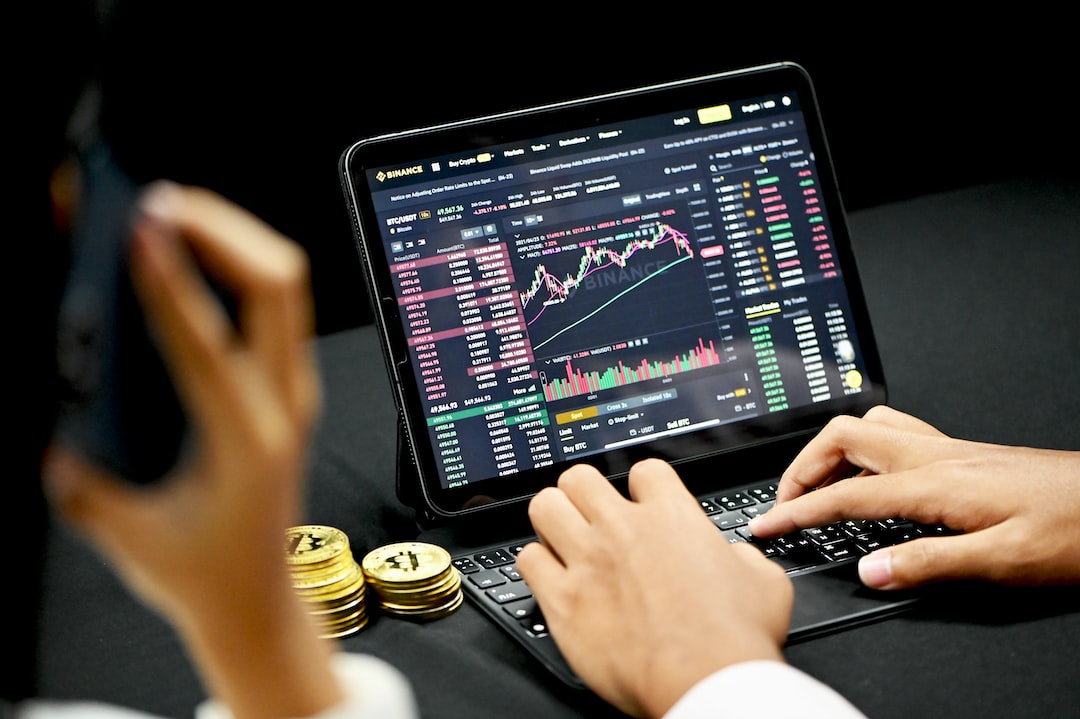Forex or foreign exchange trading is the process of buying and selling currencies to make a profit. The forex market is the largest and most liquid market in the world, with a daily turnover of over $5 trillion. Trading forex can be a lucrative venture if you have the knowledge and skills necessary to navigate the market. Fortunately, there are many resources available, including pdfs, that can help you learn how to trade forex and currency markets. In this article, we will discuss how to trade forex and currency markets pdf.
Step 1: Understand the Forex Market
Before you start trading forex, it’s important to understand the market and the factors that influence currency prices. The forex market is decentralized, which means there is no central exchange where all transactions take place. Instead, traders buy and sell currencies through a network of banks, brokers, and other financial institutions.
Currency prices are influenced by a variety of factors, including economic indicators, political events, and central bank policies. Traders use technical and fundamental analysis to identify trends and patterns in currency prices and make informed trading decisions.
Step 2: Choose a Forex Broker
To trade forex, you need to open an account with a forex broker. A broker is a financial institution that provides access to the forex market and facilitates trades. There are many forex brokers to choose from, so it’s important to do your research and choose a reputable broker that meets your needs.
When choosing a forex broker, consider factors such as regulatory compliance, trading platforms, fees, and customer support. Look for a broker that is regulated by a reputable financial authority, such as the Financial Conduct Authority (FCA) in the UK or the Securities and Exchange Commission (SEC) in the US.
Step 3: Learn Forex Trading Strategies
There are many forex trading strategies to choose from, including scalping, day trading, swing trading, and position trading. Each strategy has its own advantages and disadvantages and requires a different level of skill and experience.
Scalping involves making small profits on small price movements by opening and closing trades quickly. Day trading involves opening and closing trades within a single day. Swing trading involves holding trades for several days or weeks to take advantage of larger price movements. Position trading involves holding trades for several months or years to take advantage of long-term trends.
To learn forex trading strategies, you can read books, attend webinars, or watch videos. Many forex brokers offer educational resources and trading tools to help you learn and improve your trading skills.
Step 4: Develop a Trading Plan
A trading plan is a set of rules and guidelines that you follow when trading forex. A trading plan helps you stay disciplined and focused, and reduces the risk of emotional trading decisions.
A trading plan should include your trading goals, risk management strategies, and trading strategies. Your trading goals should be specific, measurable, achievable, relevant, and time-bound (SMART). Your risk management strategies should include stop-loss orders and position sizing, and your trading strategies should be based on your analysis of the market.
Step 5: Practice Trading with a Demo Account
Before you start trading forex with real money, it’s important to practice using a demo account. A demo account is a simulated trading environment that allows you to practice trading without risking real money.
Many forex brokers offer demo accounts that allow you to practice trading with virtual funds. Use your demo account to test your trading strategies and refine your skills.
Step 6: Start Trading with Real Money
Once you feel comfortable with your trading skills, you can start trading forex with real money. Start with a small amount of money and gradually increase your investment as you gain experience and confidence.
Remember to always follow your trading plan and practice good risk management. Don’t let emotions cloud your judgment, and be prepared to adapt your trading strategies as market conditions change.
In conclusion, trading forex and currency markets can be a profitable venture if you have the knowledge and skills necessary to navigate the market. By following the steps outlined in this article, you can learn how to trade forex and currency markets pdf and develop a successful trading strategy.





